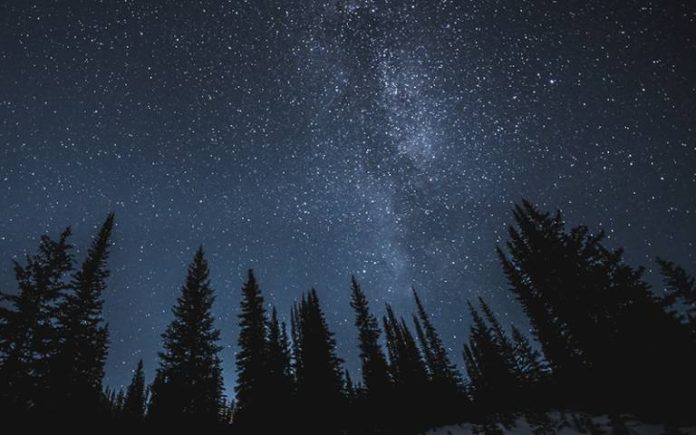Traditional navigation techniques from across the world, some of which have been in use for thousands of years, can inform western science, according to research
It sheds new light on remarkable feats of navigation from cultures ranging from sailors in the Marshall Islands using wave patterns to navigate the vast Pacific Ocean, to indigenous communities in Alaska using stars to find their way across the Yukon.
It highlights the overlooked role of culture and close connection with the environment in the art and science of wayfinding in complex landscapes, where there are often no paths or landmarks and mistakes can be fatal.
The authors of the study say these idiosyncratic methods for solving navigational challenges offer important new insights for the way navigation is understood in cognitive science research.
Co-lead author of the study Dr Pablo Fernandez Velasco (University of York and UCL Psychology & Language Sciences) said: “The feats of navigation in our paper describe some methods of wayfinding that are so skilled they seem implausible to many of us who rely on GPS to find our way almost everywhere.
“The incredible techniques we explored are at risk of being lost in a world that heavily relies on technology and faces rapid changes in the natural environment due to climate change. Many of the cultures highlighted in our study are particularly vulnerable to the impacts of rising sea levels and changing landscapes and weather patterns.
“Our study shifts the way we think about how the brain remembers where things are located. Instead of just focusing on how our minds store those memories, western science should begin to view navigation as a dynamic, action-oriented skill that involves a mix of different senses, ways of thinking and problem-solving strategies.”
The review profiles navigation techniques which use a range of skills and senses from 49 populations in 30 nations around the world.
Co-lead author Professor Hugo Spiers (UCL Psychology & Language Sciences) said: “It was a joy to create the first world map revealing where these different traditional communities were and the diversity of environments reported on. We hope this will aid future researchers exploring this topic”







